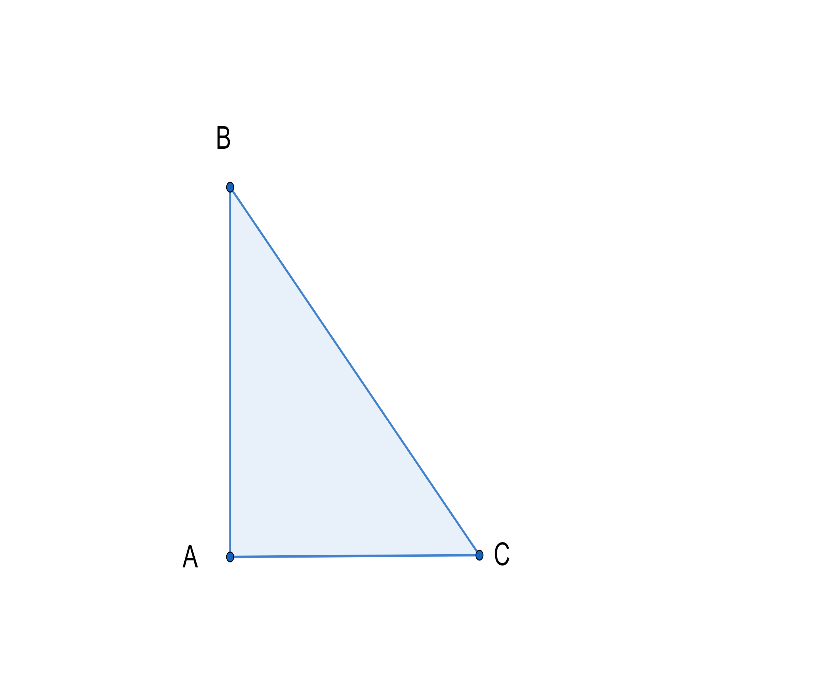Question
Question: An aeroplane leaves an airport and flies due north at a speed of \(1000\) km per hour. At the same t...
An aeroplane leaves an airport and flies due north at a speed of 1000 km per hour. At the same time, another aeroplane leaves the same airport and flies due west at a speed of 1200 km per hour. How far apart will the two planes be after 121 hours?
Solution
Hint: We want to find that at what distance the two planes will be apart from each other.
For that, consider ΔABC. Find the distance by Distance=speed×time. After that use the Pythagoras theorem to find the distance between two planes. Try it and you will get the answer.
Complete step-by-step answer:
We are given the question that speed of north flying aeroplane=1000km per hour and speed of west flying aeroplane=1200km per hour.

Here we want to find the distance between two planes after 121 hours i.e.BC.
The speed of an object is the magnitude of the change of its position; it is thus a scalar quantity. The average speed of an object in an interval of time is the distance travelled by the object divided by the duration of the interval; the instantaneous speed is the limit of the average speed as the duration of the time interval approaches zero.
Speed denotes only how fast an object is moving, whereas velocity describes both how fast and in which direction the object is moving. If a car is said to travel at 60km per hour, its speed has been specified. However, if the car is said to move at 60 km per hour to the north, its velocity has now been specified.
The big difference can be discerned when considering movement around a circle. When something moves in a circular path and returns to its starting point, its average velocity is zero, but its average speed is found by dividing the circumference of the circle by the time taken to move around the circle. This is because the average velocity is calculated by considering only the displacement between the starting and endpoints, whereas the average speed considers only the total distance travelled.
We know speed=timeDistance.
So Distance=speed×time.
So for North flying plane speed in 1000km per hour and time taken is 121=23hours.
Distance for the north flying plane=1000×23=1500km.
So for West flying plane speed in 1200km per hour and time taken is 121=23hours.
Distance for the west flying plane=1200×23=1800km.
Now we have to find BC.
Since we know north and west are perpendicular,
∠BAC=90∘
So ΔABC is a right-angle triangle.
Now using Pythagoras theorem,
(Hypotenuse)2=(Height)2+(Base)2
Here AB=(Height)andAC=(Base)2.
(BC)2=(AB)2+(AC)2(BC)2=(1500)2+(1800)2(BC)=3×100×61=30061
(BC)=30061km.
So we get that two planes will be 30061km apart from each other.
Note: Read the question carefully. Also, you should know the basics such as speed=timeDistanceand (Hypotenuse)2=(Height)2+(Base)2. Don’t jumble yourself while substituting values. While simplifying do not make silly mistakes such as don’t forget to square it.
